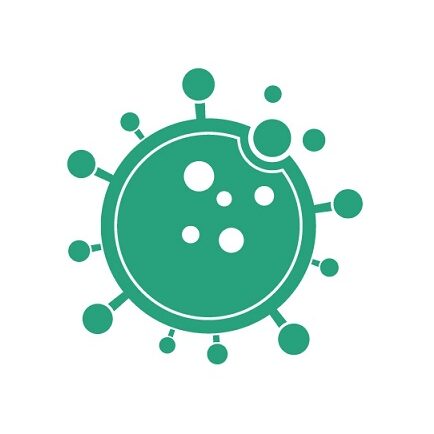Cleaning service in pandemic situations
In pandemic situations, the aim of cleaning is to prevent the spread of pathogens to humans through contact surfaces.
Take a self-assessment and your score will indicate how well your cleaning service is prepared for a pandemic.
The self-assessment has been developed in the PandemicClean project, Safe and effective cleaning in a pandemic situation (2021–2024) in cooperation with the project partners:
Estonia (Puhastusekspert OÜ)
Finland (Propuhtaus)
France (IFPRA Normandie) and
The Netherlands (SVS b.v.)
The project was co-funded by the European Union.
